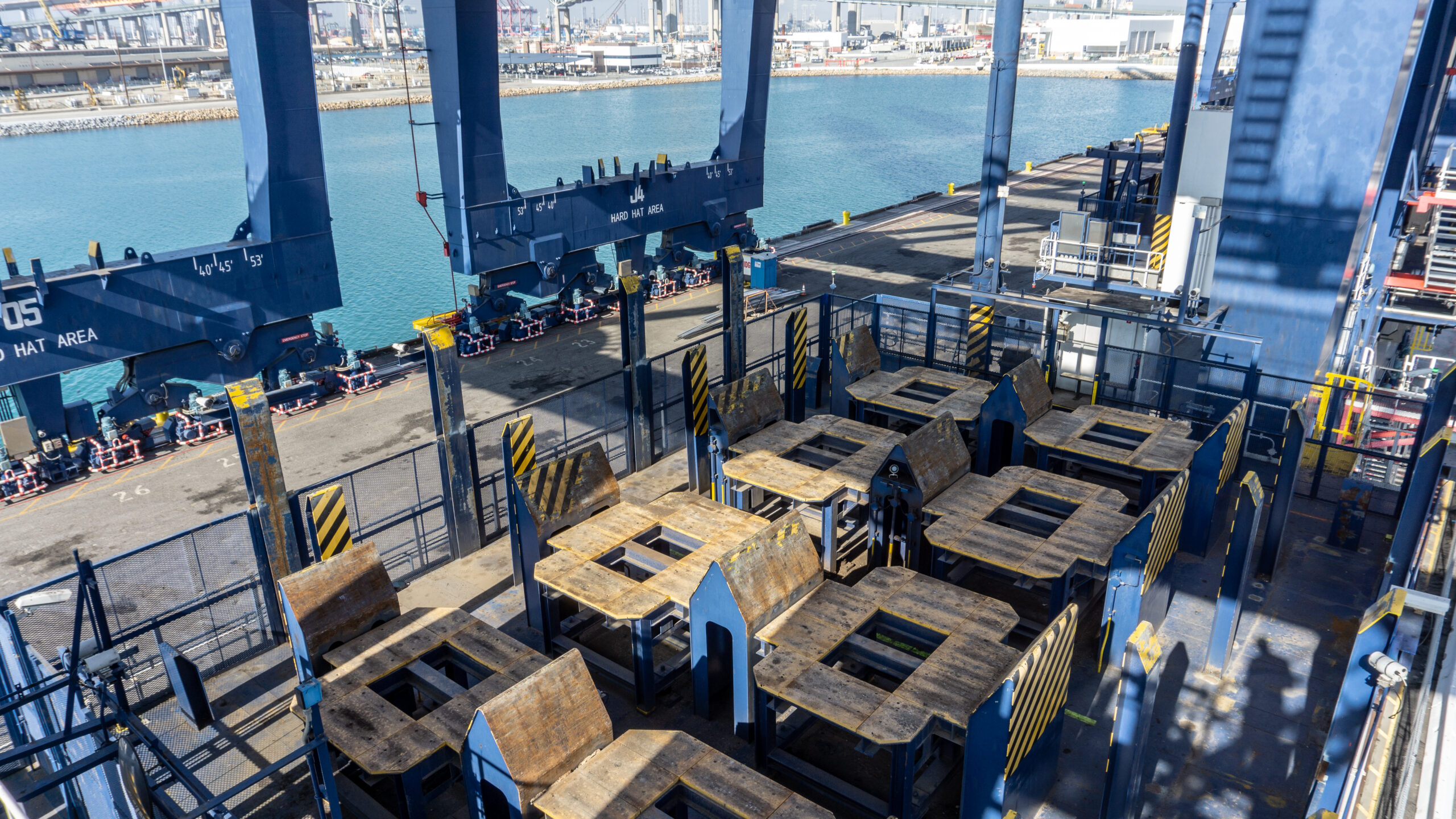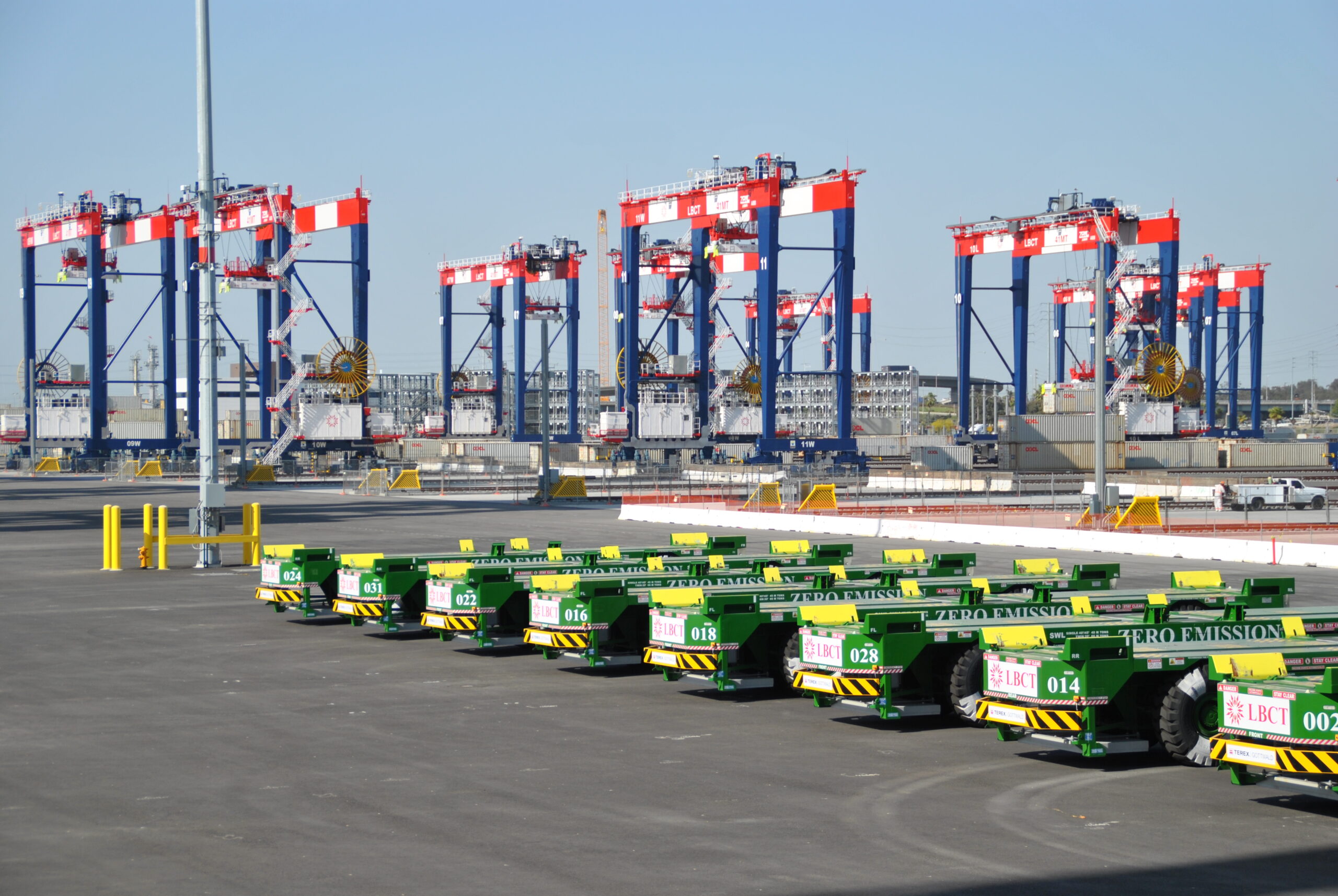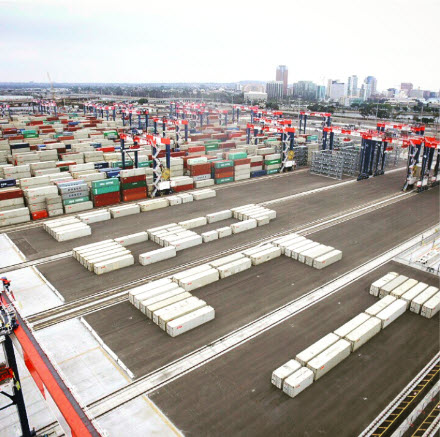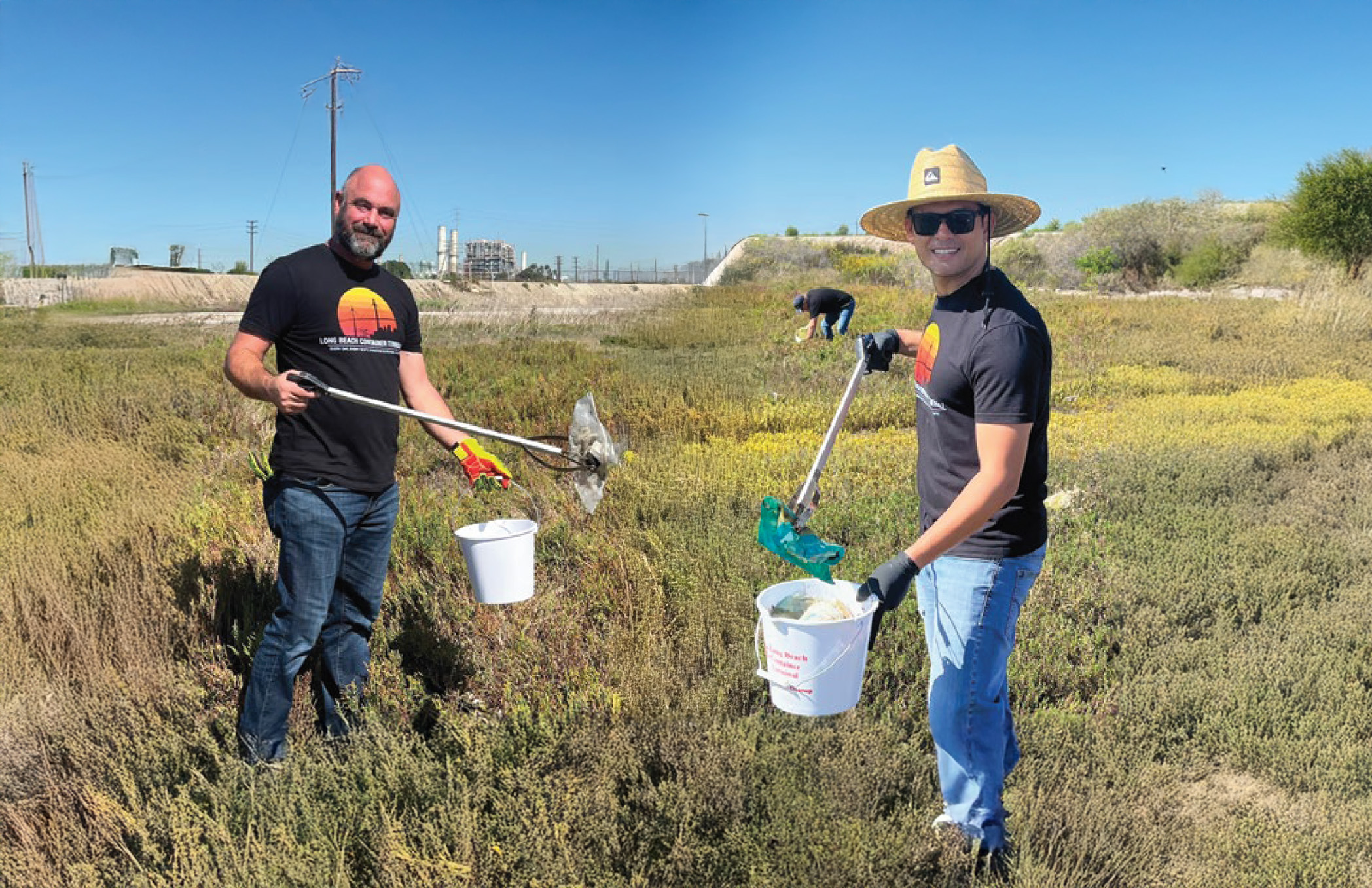
Net Zero
by 2030
The Future is now.

Pathways to
Net
Zero

Readiness
Transition to zero-emission equipment and vehicles.
KEY ACTIONS:
- Replacing fossil-fueled equipment with electric alternatives.
- Investing in renewable energy and infrastructure upgrades.
- Securing funding to support zero-emission goals.

Resilience
Building infrastructure to meet future challenges.
KEY ACTIONS:
- Expanding renewable energy and battery systems.
- Collaborating on grid resilience and climate adaptation.
- Preparing for sea-level rise and extreme weather.

Regeneration
Innovating to reduce industry-wide emissions.
KEY ACTIONS:
- Partnering to cut supply chain emissions.
- Exploring alternative fuels and clean energy solutions.
- Protecting marine ecosystems through green initiatives.
Priority
Actions for Net Zero
We’re advancing our Net Zero 2030 goals with a comprehensive strategy built around four key priorities. Through Planning & Processes, we’re integrating zero-emission policies into our annual operations, refining budgeting protocols, procurement practices, and workforce training to align with our ambitious goals. Our Equipment & Infrastructure efforts include a 5- to 7-year plan to replace fossil-fueled equipment and vehicles, expand renewable energy capacity, and build the robust infrastructure needed to support zero-emission operations. In Funding & Advocacy, we’re actively securing grants and legislative support to bridge the $150M funding gap for critical improvements while supporting our supply chain partners in their transition to zero emissions. Finally, through Community Responsibility, we’re fostering local partnerships, investing in workforce development, and championing environmental stewardship to ensure our climate actions reflect the needs and values of the communities we serve. Together, this cohesive strategy underscores our leadership in sustainable innovation and community impact.
![]()

1
PLANNING & PROCESSES
GOAL: Operationalize net-zero equipment and infrastructure procurement/deployment into annual policy, planning, management, and budgeting processes throughout LBCT.
With partnerships established at local schools and colleges, LBCT is creating opportunities for the future workforce while advancing sustainable infrastructure and equipment plans. These efforts are driving meaningful progress toward operationalizing net-zero goals into annual policies and planning processes.

2
EQUIPMENT, FACILITIES, & INFRASTRUCTURE
GOAL: Convert fossil-fueled equipment and vehicles to zero emissions over the next 5 to 7 years and ensure sufficient infrastructure to support the goal.
With 67% of conventional cargo handling equipment already converted, LBCT continues to invest in innovative technologies, secure grants, and collaborate with U.S. manufacturers to achieve its zero-emission goals while maintaining operational excellence.

3
FUNDING & ADVOCACY
GOAL: Support supply chain partners in the systemwide transition to Net Zero through policy advocacy; secure grant funds to offset LBCT’s own risk as an early actor.
By securing over $36.5 million in grants this year and actively pursuing additional funding opportunities, LBCT is driving innovation and collaborating with policymakers to create a cleaner, more sustainable future for global goods movement.

4
COMMUNITY RESPONSIBILITY
GOAL: Effectively integrate community considerations into LBCT climate actions.
The Workforce Education and Community Action Network (WE CANnect) empowers employees to engage in impactful local initiatives like mentorship programs, food banks, beach cleanups, and scholarships. In 2023, LBCT strengthened partnerships with local schools and colleges, providing students with mentorship, terminal tours, and career insights while supporting sustainability education.
Key
Milestones
We’re proud to share the significant progress we’ve made toward our Net Zero 2030 goals. Over 67% of our conventional cargo handling equipment has been transitioned to zero-emission alternatives, supported by over $100 million in secured grants since 2022, including $36.5 million in 2023-2024 alone. We’ve deployed two fully electric ship-to-shore cranes, one rail crane, and completed the world’s second-largest battery exchange building. Our efforts have also earned us a 96% GRESB score, ranking first among peer container ports for environmental, social, and governance performance. These milestones reflect our unwavering commitment to innovation, efficiency, and sustainability in everything we do.


Community Involvement
At LBCT, we believe that sustainability extends beyond our operations—it’s about uplifting the communities we serve. Through workforce development programs, educational partnerships, and environmental initiatives, we’re committed to making a positive impact. From mentoring local students to supporting coastal cleanups, our efforts reflect our dedication to creating a stronger, more connected community.
Benefits
Initiatives
Get Involved
Join us in shaping a cleaner, more sustainable future. Whether through partnerships, volunteering, or community initiatives, your support makes a difference. Together, we can create lasting impact for our environment and the communities we serve.







